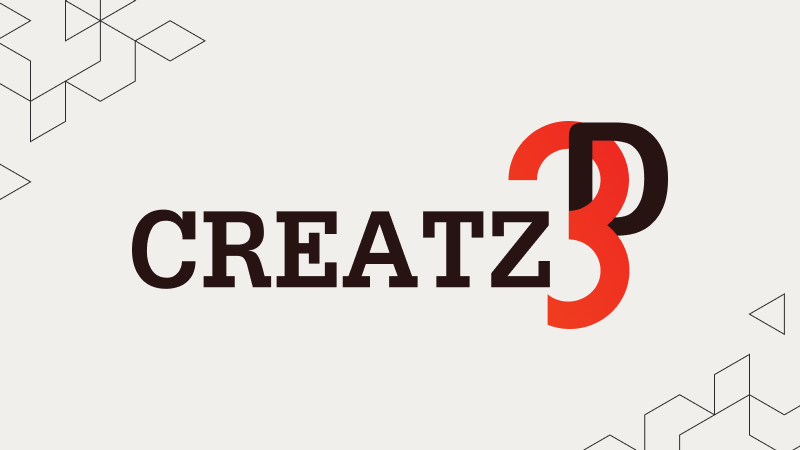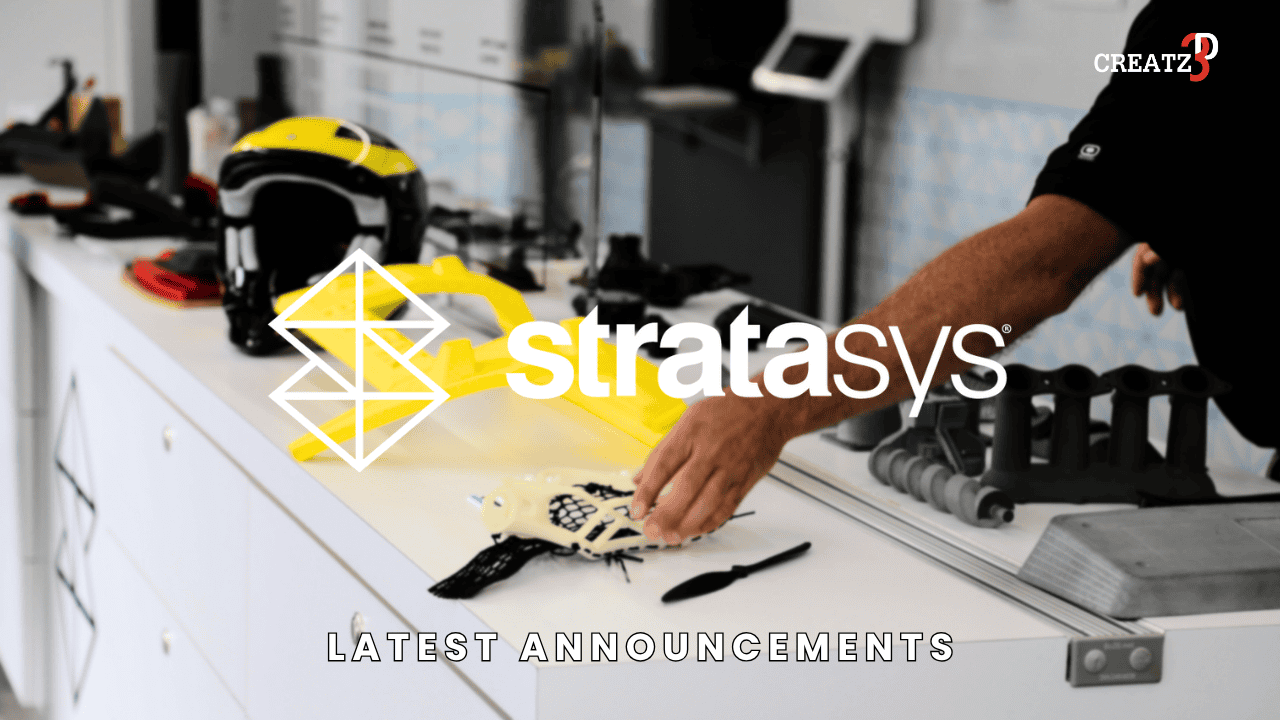Dr Margam Chandrasekaran, chief executive officer (CEO) of Bio-scaffold International, with the new 3D printing machine.
PM’s National Day Rally speech makes Indian scientist a star
SINGAPORE – Two things have happened since Dr Margam Chandrasekaran’s research was mentioned by Prime Minister Lee Hsien Loong in his National Day Rally (NDR) speech.
Dr Chandrasekaran’s mailbox has been inundated with job applications from people eager to join his team at Bio Scaffold International (BSI).
He has also been thrust into the spotlight, with interview requests and photographs appearing in newspapers. For the 48-year-old researcher, who has spent most of his adult life in the lab or with books, this attention is unusual. His work in bio scaffolds and their production using 3D printing received prominent mention by the PM, who even showed slides of it during the speech.
Dr Chandrasekaran expected only a passing mention:
“Two weeks before the speech, we were contacted to provide information about our work. We were told the PM would shortlist from several projects. I knew it might be mentioned, but I was pleasantly surprised when he gave it the time he did.”
The PM highlighted the “3D printer which can print bone tissue scaffolds” that aid bone growth after a tooth extraction. Developed in Singapore using 3D printing technology, these scaffolds are placed into the gap after extraction to speed healing. The achievement was cited as an example of how technology can transform lives.
“We have 3D printing, a machine which can print spare parts, models, toys, pistols, body parts, organs — things which can make a difference to our lives,” said Mr Lee.
Earlier this year, the Government announced S$500 million over five years to boost advanced manufacturing technologies, including 3D printing. An Economic Development Board spokesperson noted:
“With 3D printing technologies, manufacturing plants may be able to produce complex and unique products, which would not be possible through conventional means.”
3D Printed Bone Tissue Scaffolds
The bone tissue scaffold, called Alvelac, was invented by Dr Chandrasekaran and his team. This tiny cylinder, placed in the gum after tooth extraction, encourages bone growth while helping gums retain their shape. Made from a bio-polymer, it disintegrates naturally within two to six months. Certified biocompatible and safe, dentists can perform the procedure for S$150–250.
The porous scaffold functions much like construction scaffolding, providing support for new bone growth. Proper bone regeneration is essential for future dental implants, which require a solid base. Each scaffold costs about S$40 and is sold to dentists, who recommend it to patients.
According to BSI, market testing took place in 2009–2010. After improvements, the product was launched commercially in April. Beyond dental use, BSI plans to extend this technology to cosmetology and orthopaedics, working with partner research institutes.
Meanwhile, SIMTech is developing 3D-printed ceramic and titanium scaffolds. About 123 dental clinics in Singapore now use the bio-scaffolds, with availability also in Taiwan and the UK. Plans are underway to introduce them to India and Europe.
Dr Chandrasekaran, originally from Chennai, came to NTU for his PhD in 1995 and has worked full-time with BSI since 2007. His bio scaffold research began in 2001 at the Singapore Institute of Manufacturing Technology. While he collaborated with a team of researchers, he is the lead inventor on the patent, with Dr Tay Bee Yen, Dr Xhang Su Xia, and Dr Annie Tan as co-inventors.
He expressed gratitude for the recognition but stressed his focus remains on innovation:
“My work is the laboratory and will continue to be so.”
Bio-Scaffold International (BSI), incorporated in 1999, collaborated with SIMTech and the National University of Singapore to design and develop Alvelac. SIMTech is a research institute under A*STAR.





